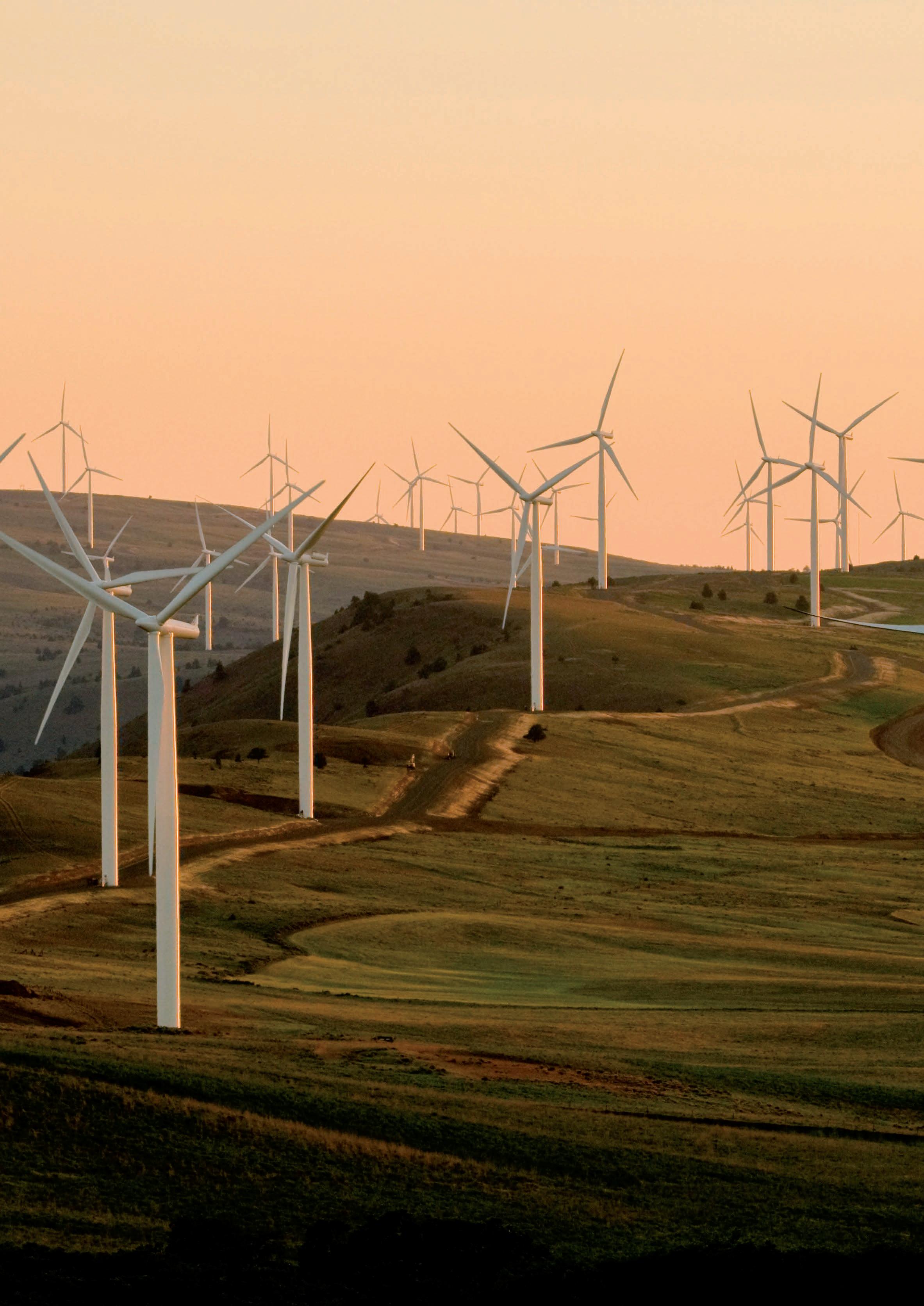
2 minute read
BUSINESS CLIMATE INDEX DEVELOPMENT
Regarding expectations for 2023, while early indications in January remain consistent with the year-end values thus confirming the ongoing recovery, European industry representatives nevertheless remain cautious about future prospects. Forty-five percent of survey respondents expect stable sales in the first six months of 2023, while in terms of order intake over the same period 48% expect the same level as in 2022, as current new and used machinery dealer inventories remain low across Europe and may still be below optimal levels in some markets. As for the US market, data released in December 2022 by the Association of Equipment Manufacturers (AEM) for 2022 saw a contraction of the overall market in terms of units sold by 14.8% compared to 2021. In the tractor range, those with 100+ hp are the only models that recorded a positive performance of 11.3% year on year. Harvester production also showed 15.8% growth in 2022 compared to 2021.
Forecasts for 2023 released in November by John Deere, one of the world's leading agricultural equipment companies along with CNH Industrial and AGCO, paint a two-speed North American market for 2023: growth between 5% and 10% for the Large agriculture segment, while the Small agriculture segment is expected to remain unchanged or down 5%. As for Europe and South America, expectations are between a stable or slightly growing market in the range of 5%. In contrast, the Asian market is expected to shrink slightly in 2023 compared to the year just ended.
INDUSTRY OUTLOOK (IN UNITS) - FY 2023
Industrial Sector And Wind Power
The Industrial sector in 2022 was characterized by concerns about a global recession caused by geopolitical tensions and soaring input prices in the first part of the year, while there has been a gradual recovery in recent months. About half of the participants in the December 2022 Committee for the European Construction Equipment (CECE) Business Barometer expect to see a 3% to 10% increase in construction equipment sales in 2023 over 2022 driven by demand from countries such as North America, Latin America and the Middle East.
Uncertainties due to the macroeconomic environment for 2023 are significant, particularly for residential and nonresidential construction due to higher interest rates and recession fears that foreshadow a significant slowdown in construction investment next year. Housing investment benefited from the availability of low-cost mortgages and the accumulation of savings during the pandemic. However, rising interest rates, higher cost to build and falling real incomes are expected to reduce affordability and reduce demand for private housing. These negative effects could be offset by support from the Next Generation EU program, the push for energy-saving green buildings, and the gradual reduction of the backlog built up in 2022. Overall, the CECE macroeconomic bulletin released in November 2022 forecasts a slowdown in construction investment growth from 5.1% in 2021 to 2.8% in 2022, followed by a significant decline of 0.1% in 2023.
Finally, regarding the Wind Power sector, after a record year of new offshore installations (in terms of megawatts) in 2021, 2022 saw a sharp deceleration mainly due to the economic slowdown. Medium to long-term growth prospects remain positive driven by the need to increase the use of sustainable energy sources to combat climate change, while the sector is significantly impacted by environmental policies and related regulation that could slow its development.






